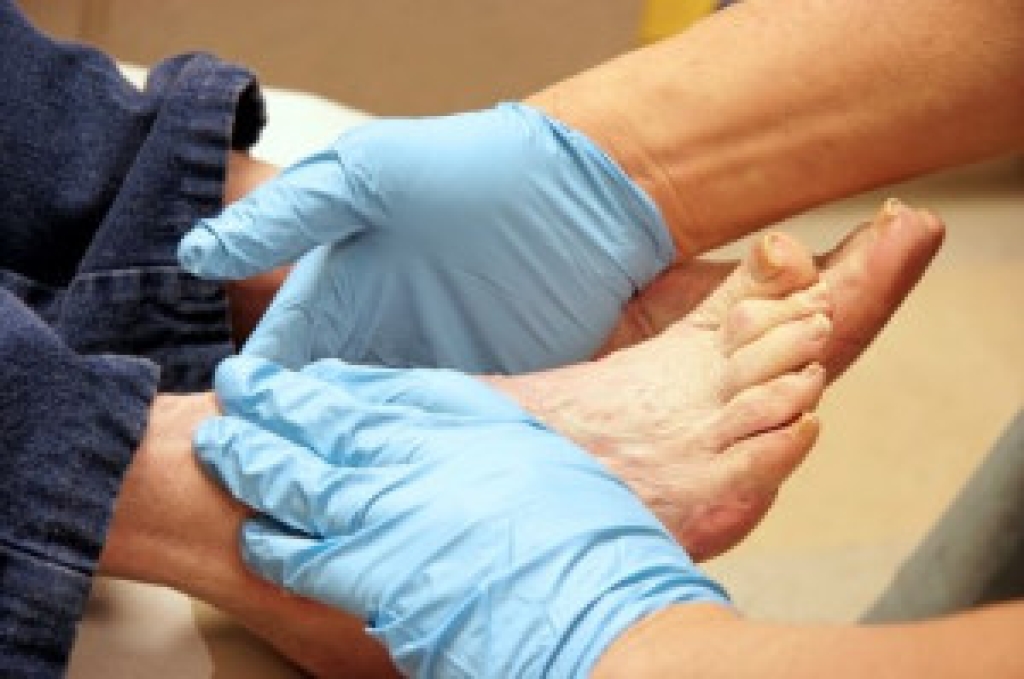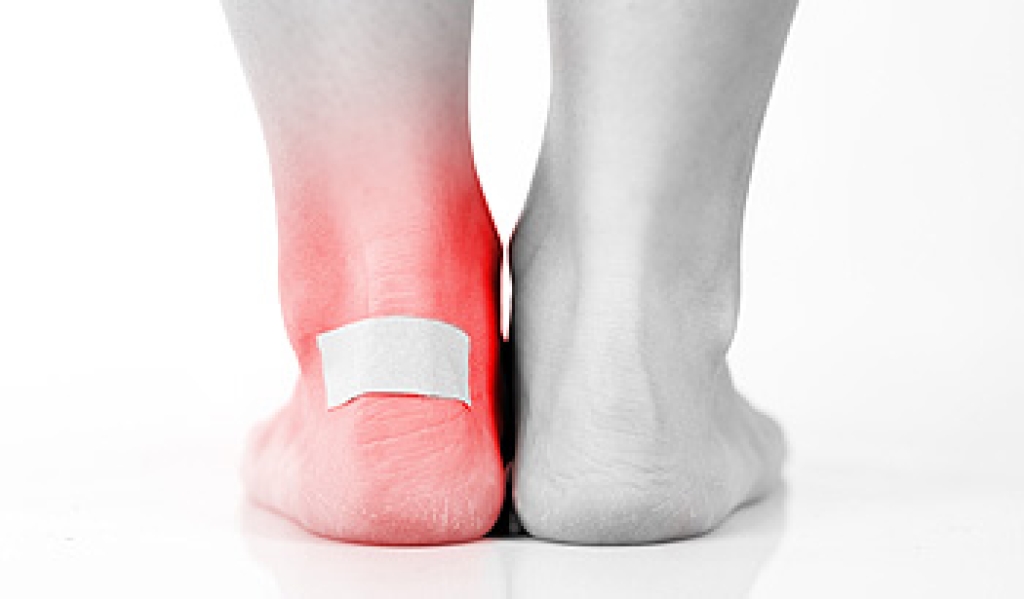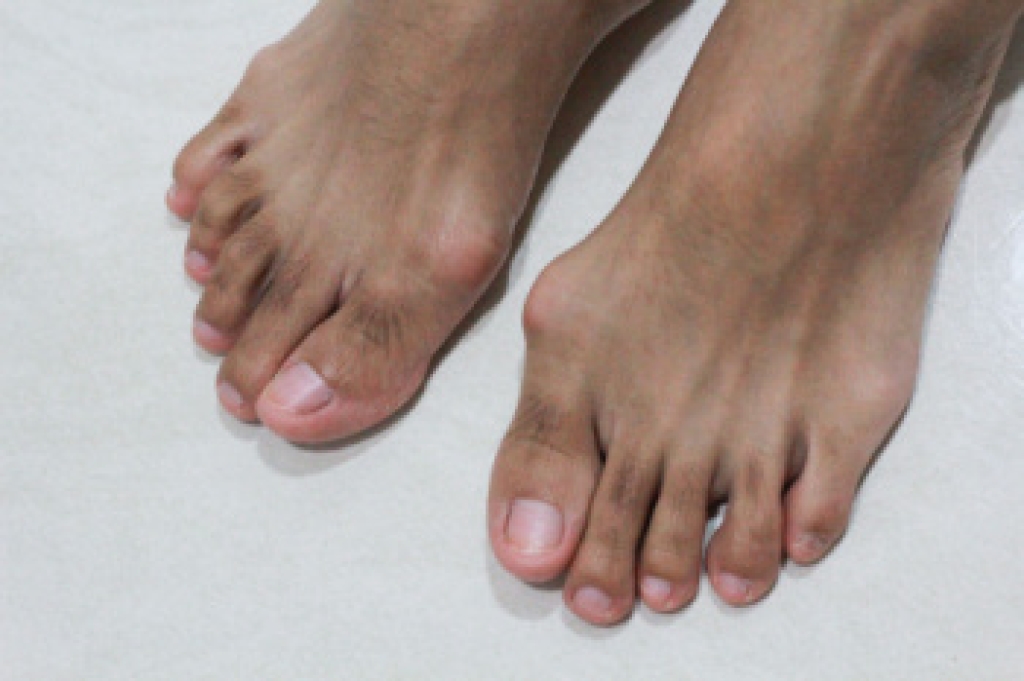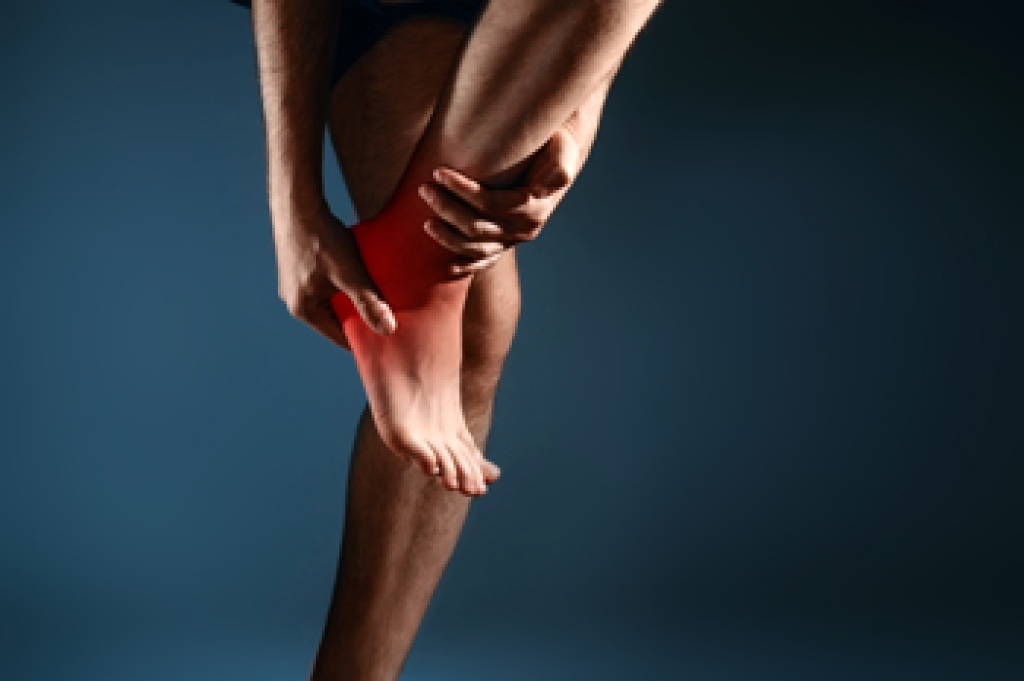
Diabetes can create powerful challenges for the feet that can worsen if ignored. Elevated blood sugar levels gradually damage both circulation and nerves. Poor circulation slows healing, which means even a small blister or cut can turn into a stubborn wound. Nerve damage reduces feeling, so injuries may go unnoticed until they become infected. Over time, this combination can lead to ulcers, changes in skin and nail health, and, in severe cases, serious infections that require advanced medical care. While these effects are significant, they can often be managed with attentive daily habits. Inspecting the feet each day, choosing shoes that protect against rubbing, and seeking regular podiatric exams are key steps. If you have diabetes and are noticing foot sores, changes in skin color, or loss of sensation, it is suggested that you are under the care of a podiatrist who can help you to manage this serious condition.
Diabetic foot care is important in preventing foot ailments such as ulcers. If you are suffering from diabetes or have any other concerns about your feet, contact Braden Jenkins, DPM from The Ridge Foot & Ankle Center. Our doctor can provide the care you need to keep you pain-free and on your feet.
Diabetic Foot Care
Diabetes affects millions of people every year. The condition can damage blood vessels in many parts of the body, especially the feet. Because of this, taking care of your feet is essential if you have diabetes, and having a podiatrist help monitor your foot health is highly recommended.
The Importance of Caring for Your Feet
- Routinely inspect your feet for bruises or sores.
- Wear socks that fit your feet comfortably.
- Wear comfortable shoes that provide adequate support.
Patients with diabetes should have their doctor monitor their blood levels, as blood sugar levels play such a huge role in diabetic care. Monitoring these levels on a regular basis is highly advised.
It is always best to inform your healthcare professional of any concerns you may have regarding your feet, especially for diabetic patients. Early treatment and routine foot examinations are keys to maintaining proper health, especially because severe complications can arise if proper treatment is not applied.
If you have any questions, please feel free to contact our office located in Idaho Falls, ID . We offer the newest diagnostic and treatment technologies for all your foot care needs.




